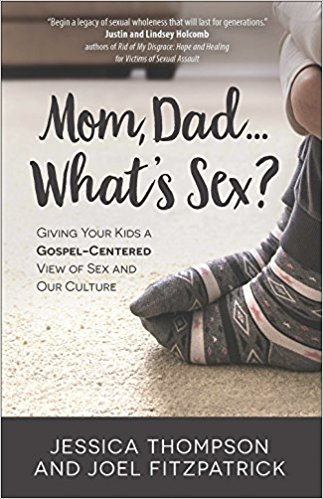Christina: How did you come to write the book?
Leland Ryken: Allow me to take you behind the scenes in a writer's life. I was casting about for my next writing project and sent a really enticing list of six possible topics to P&R, which was totally unimpressed by my list. As an afterthought, I sent the proposal for what I refer to as my beloved "hymns book." P&R pounced on the topic and threw themselves into the project in a totally endearing way. I have not had a more favorite publishing venture among my nearly sixty books.
Christina: What do you mean when you say that a hymn is a poem before it is a hymn?
Leland Ryken: Every hymn begins as a written text. This text has the properties of a poem. It is written in lines that end with rhyming words. It consists of images and metaphors, and it possesses verbal beauty beyond ordinary prose discourse. In short, it is a poem such as I teach in my literature courses. This written text becomes a hymn only after it is paired with music. This is always a second step, beyond the initial poetic one.
Christina: Why should we read hymns as poems in addition to singing them?
Leland Ryken: When we sing a hymn, we are hurried along. We do not take time to ponder the words and unpack the images and metaphors. The result is that we experience only a fraction of the meanings and beauty that are actually there. I would compare this to the Shakespeare plays that I teach as literature. How much of what is actually in the text do I experience when I see it performed in a theater? I would say twenty-five percent. In both cases, the optimal experience is first to master the text as a work of literature, and then sing the hymn or watch a performance of the play.
Christina: Each of the hymns in your anthology is accompanied by a 500-word unit of commentary; what is the nature of that commentary?
Leland Ryken: This book follows the same format as the book I published just before it. That book (entitled The Soul in Paraphrase) was also an anthology of individual devotional poems by the "greats" accompanied by 500-word explications. An explication is a systematic literary analysis or close reading of a text. It gives an overview of the content and structure of the poem, and then identifies and interprets the meanings of the poetic texture (the images and individual figures of speech). Within the allotted space, an explication recreates the ideal reading experience of a text. An explicator is a tour guide through a poem.
Christina: What did you discover about your chosen hymn writers as a group?
Leland Ryken: I discovered that virtually none of the authors were professional literary people. They were ordinary Christians. I found no evidence that they pored over their manuscripts and painstakingly revised them; I got the impression rather that inspiration fell like a benediction on the process of composition. A large number of the authors were ministers. Hymn writers are a prolific lot, and most of them wrote hundreds and even thousands of hymns. Many of the hymns came out of experiences or lives of great suffering.
Christina: Were there common metaphors used in older hymns that we don’t use as often today?
Leland Ryken: I would say that the images and metaphors in the great hymns are timeless. If they seem unfamiliar to people today, that is because people lack contact with great poetry, including hymns.
Christina: Were there surprises for you as you did the research for this book?
Leland Ryken: Everything that I said earlier about the hymn writers as a group was a surprise to me. Additionally, my discipline of literary studies pays lip service to the literary tradition of hymns, but we do not teach hymns in our literature courses. I was surprised to see how well the great hymns hold up as poetry. Finally, many of the hymns express such lofty and seemingly impossible ideals of spiritual attainment that we find it hard to take the sentiments seriously, but if we know enough about the biographical circumstances of the author's life, it turns out that they expressed the truth about the author's convictions and feelings in regard to God's goodness. We are too quick to pass off the sentiments as exaggerations. Instead of being cynical, we should aspire toward the ideal that the hymns set before us.
Christina: How do you envision readers using this anthology of hymnic poems?
Leland Ryken: My book is like other literary anthologies of devotional poetry. There is no shortage of literary technique to admire in the hymns, so readers can use the book of literary enjoyment. The accompanying explications will seem like a return to the high school or college classroom. But the poems are devotional in content and are accompanied by a related Scripture passage, so they can as well be read for devotional purposes.
Christina: What do you think the church loses when it stops reading and singing hymns?
Leland Ryken: It loses the beauty of holiness. It loses exaltation and largeness of vision. It leaves a great treasure chest unopened. It loses continuity with the spiritual richness of the past. While composing answers to this written interview, I have been listening to hymns that took me back to my childhood spiritual experiences in Pella, Iowa; people who sing only contemporary songs that are here today and gone tomorrow have no hymnic past to which to return. Someday they will be left with empty gas tanks, metaphorically speaking.
To learn more about this book, visit P&R Publishing.
This post contains affiliate links. To learn more, click here.






























